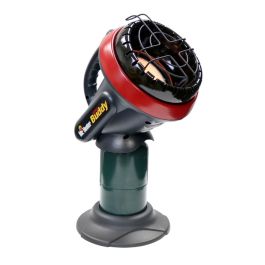ryno1234
Petty Officer 2nd Class
- Joined
- Dec 8, 2014
- Messages
- 136
I'm planning on being part of an upcoming lighted boat parade, however temps are likely going to be 50 degrees or so, quite cold in my opinion.
We have full canvas (not sure of the proper term) where the cockpit area is fully enclosed, but what is the best way to stay warm?
We have an inverter and 3 batteries, but will also be running our running lights on along with a set of Christmas lights around the boat, etc. so I'm not sure how stressful an electric heater would be on the batteries. The only other alternative I could think of would be a propane heater, but that just sounds like a bad situation all around, so nixing that idea.
Is it too much to ask of my batteries to handle an electric heater, led charismas lights and standard accessories on the boat?
We have full canvas (not sure of the proper term) where the cockpit area is fully enclosed, but what is the best way to stay warm?
We have an inverter and 3 batteries, but will also be running our running lights on along with a set of Christmas lights around the boat, etc. so I'm not sure how stressful an electric heater would be on the batteries. The only other alternative I could think of would be a propane heater, but that just sounds like a bad situation all around, so nixing that idea.
Is it too much to ask of my batteries to handle an electric heater, led charismas lights and standard accessories on the boat?




















